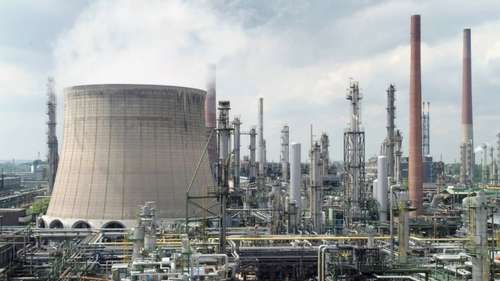
Shell Chemicals has announced that investments at its Wesseling plant have improved energy efficiency and increased production volumes. Modifications to various systems and equipment have reduced fuel consumption and allowed the upgraded steam cracker to produce 15% more ethylene, propylene, C4, and pygas. The project is part of Shell Chemicals' strategy to strengthen refining-chemicals integration and improve the feedstock position of its manufacturing locations worldwide. The Wesseling facility is now more competitive and robust, thanks to these improvements. The site produces various petrochemicals used in the production of packaging, carrier bags, trash liners, and other end-products.
Shell Chemicals today confirmed that investments at its Wesseling plant have improved energy efficiency and boosted production volumes.
Modifications to furnaces, compressors and column systems, tubes and pipes have lowered stack temperatures and reduced fuel consumption. The upgraded 2A steam cracker can now produce 15% more ethylene, propylene, C4 and pygas.
“This project stemmed from Shell Chemicals’ strategy to strengthen refining-chemicals integration and the feedstock position of our core manufacturing locations across the world,” said Graham van’t Hoff, Executive Vice President of Shell Chemicals. “It has made our Wesseling facility even more robust and competitive than before.”
In late 2011, Shell Chemicals rationalised its assets at the Wesseling site – closing its 2B cracker – and directed efforts to increase throughput and improve feedstock flexibility at the 2A cracker. The 2A cracker produces ‘building-block’ petrochemicals. It is strategically located on the same site as Shell’s Rheinland refinery – the largest in Germany – which supplies the cracker with advantaged feedstock and absorbs by-product streams.
The steam cracker converts a variety of feedstocks to make ethylene, propylene, heavy olefins and aromatic feed for benzene and toluene production. The site also produces methanol. These are used to make numerous end-products, including packaging, carrier bags, trash liners, injection moulding, pipe extrusion, wire and cable sheathing and insulation.